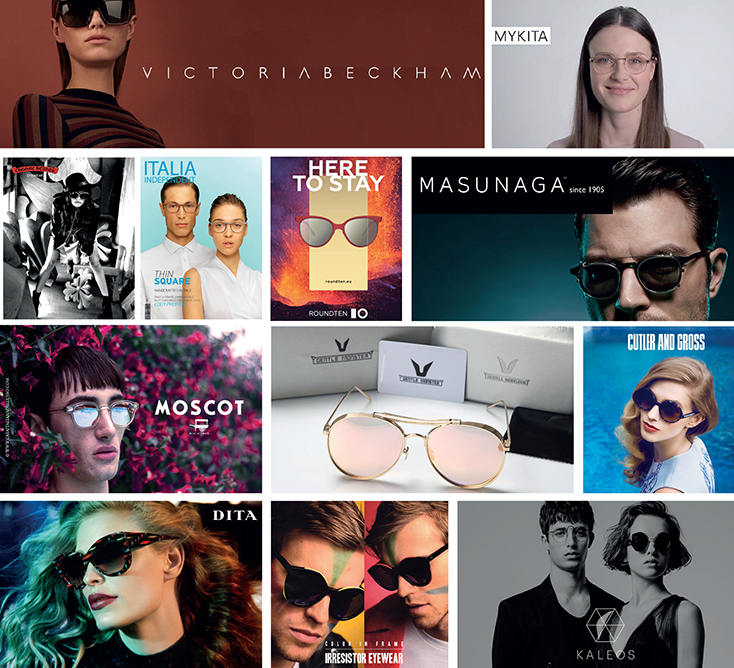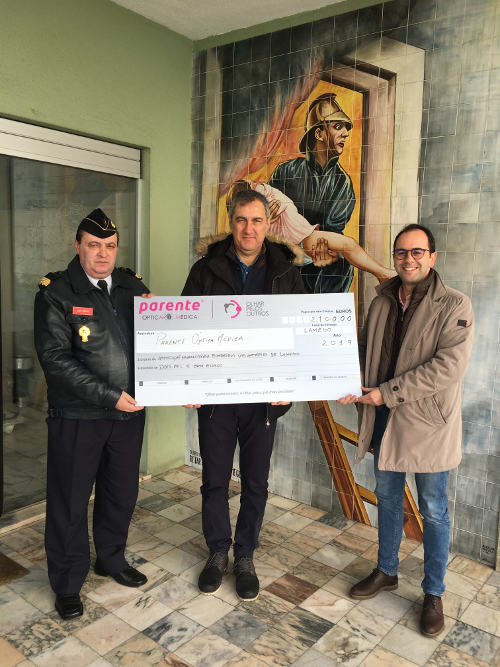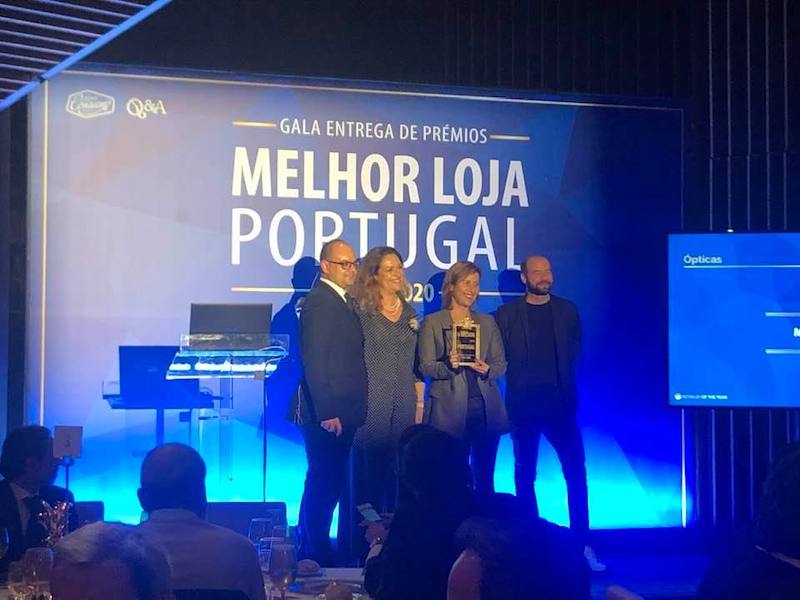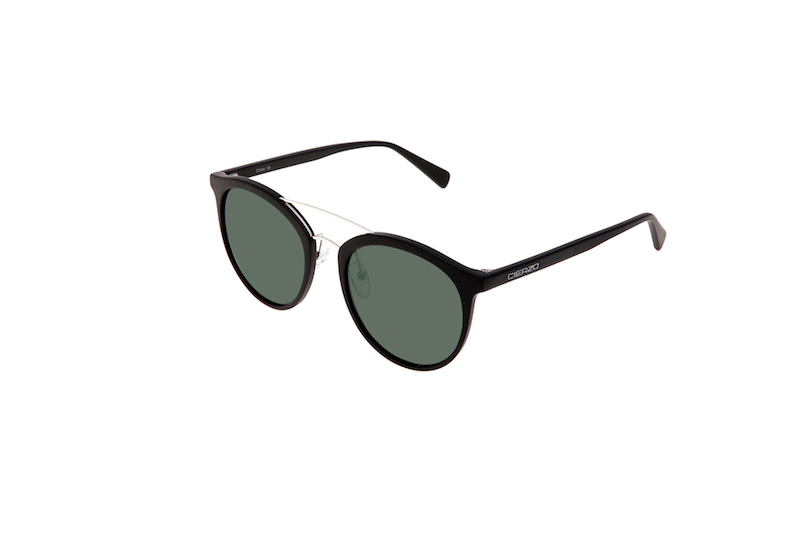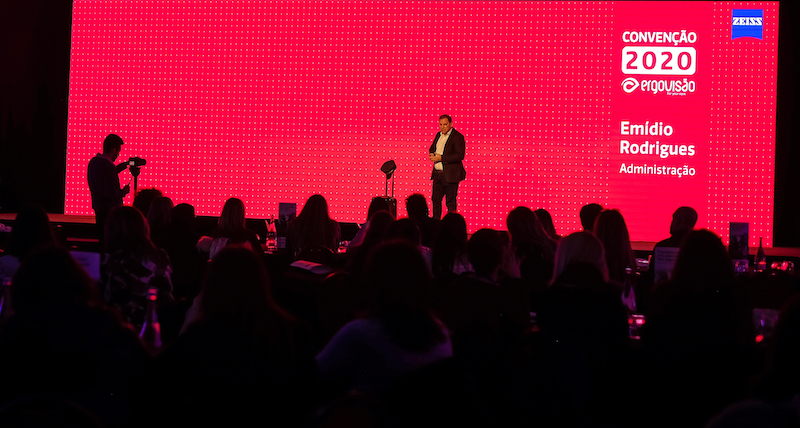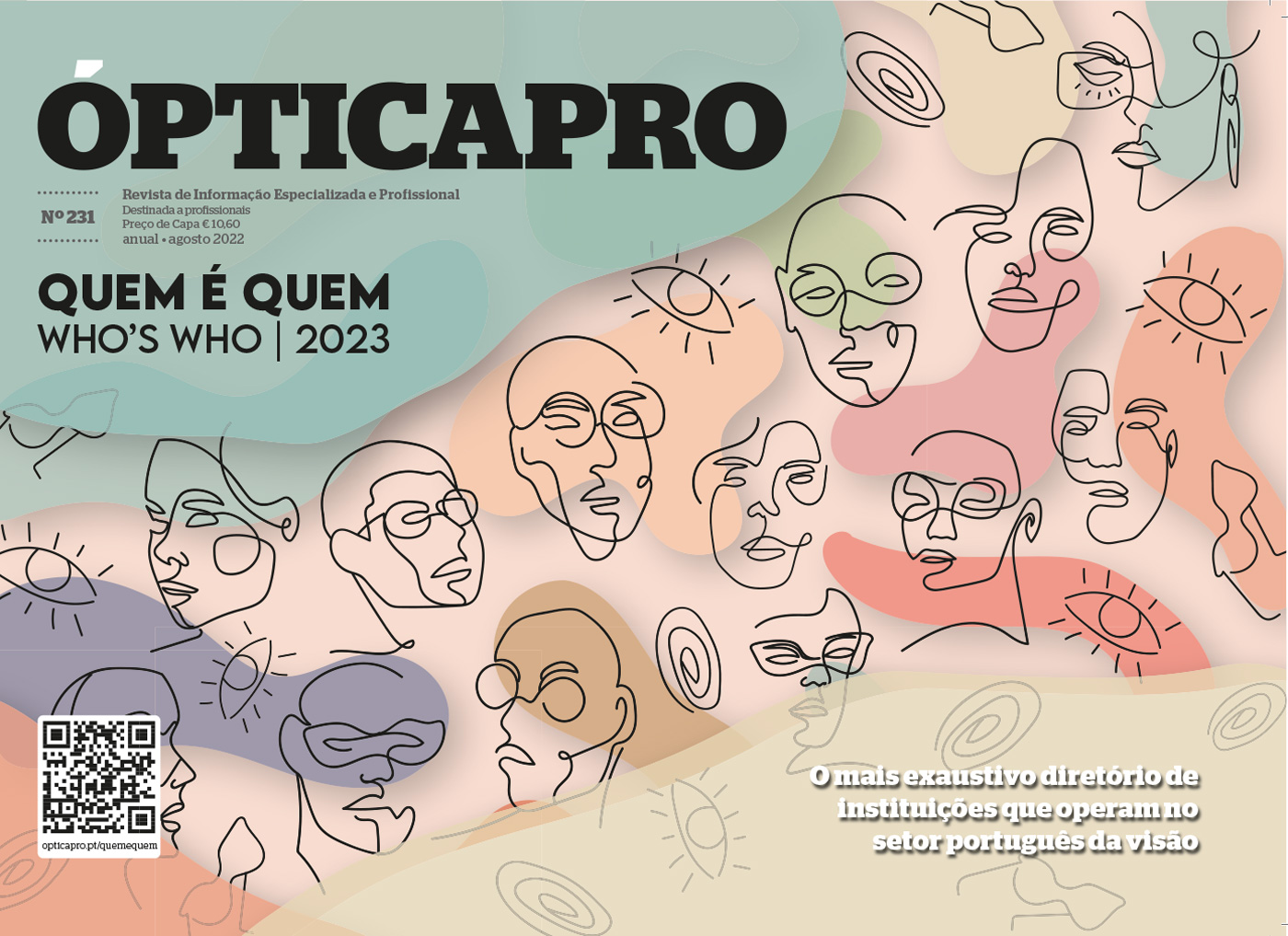Etnia Barcelona, Caroline Abram, Dita, Kaleos, Thierry Lasry, Hawkers, Kyme, Irresistor, Anne & Valentin, Moscot, Roundten, Gentle Monster, Projekt Produkt, Fakbyfak, Vinyl Factory, Pawaka, Garret Leight .. are just a few examples of the vast array of independent eyeglass brands that have witnessed the great growth of this niche in the last five/seven years.
ÓpticaPro searched, with the help of Mario Torre, for an explanation for such a phenomenon in the last decade. But first we lay out an historical overview of today’s optical industry.
The great classical optical industry groups were born in the province of Belluno-Cadore (Italy) between the 30s and 40s of the last century. With the turn of the century, especially between the 90s and 2000, the internationalization of multinational companies occurred.
Luxottica (created in 1961 by LDV) opened 20 branches in just 10 years, having been in the retail world since 1995 (the purchase of LensCrafters marked the beginning of the retail empire that now accounts for 65% of the group’s turnover).
Sàfilo (Tabacchi family, 1934), De Rigo (De Rigo family, 1978) and Marcolin (Marcolin family, 1961) followed the same international path, creating together the “POLO Bellunese” belonging to the four Italian multinational companies. The tradition of European optical manufacturing can, obviously, not be confined to the experience of the Italian industry alone.
Historical and prestigious companies also appeared in France, mainly in the district of the Juras, like the veteran L’AMY (1810) or Morel (1880); in technological Germany, with Rodenstock (1870), Menrad (1896), Eschenbach (1913); and in Austria, with Silhouette (1961) … just to name a few of the protagonists. However, the four Italian companies were the ones with the greatest growth, combining international development (network of worldwide branches and exclusive agents) and a distribution of products through licensing agreements with the leading Italian and international fashion trend brands (Armani, Dior, Gucci, Prada, Chanel, Fendi, Valentino, Tom Ford, etc.).
Optical stores from all over the world were able to receive and distribute the most popular worldwide fashion brands. The Italian companies grew a lot through this phenomenon and, consequently, the optical stores joined the wave and made good deals, doubling their sales volumes. In 1995, Luxottica pioneered once again by supporting its international growth with the purchase of leading brands such as Ray-Ban, Persol and Oakley.
This strategy focused on house brands, together with its expansion in retail, allowed for an acceleration in the last decade, reaching the 8,000 million annual turnover. The last “master stroke” was the merger with another giant, the French brand Essilor lenses, a merger worth 50 billion euros, to create an invoicing figure of 15 billion already in 2017. The remaining Italian multinational companies did not commit so strongly to shopping, forsaking the opportunity to leverage their portfolio of house brands (except for Sàfilo, with the purchases of Carrera and Polaroid, and De Rigo Vision, with Lozza) and preferring to devote themselves to the licensing of fashion brands which are more in demand.
Additionally, from the USA comes a very organized player: Marchon, the only multinational group to compete directly with the group of four companies from Veneto. Meanwhile, in 2015, there is a parallel phenomenon, the fashion brands join the competitive world. In 2014, when the creation of Kering Eyewear was announced, experts spoke of an eyewear revolution. Today, the Kering group distributes its brands directly and everything indicates that the giant LVMH, holding a significant participation in the Italian Marcolin, will follow suit.
The independent brands market
And so a gap is opened in the market: the space to try new creations. The Italian groups were expanding internationally and with licensing agreements, but they did not stand out creatively. This is where opportunities emerged for small new independent brands that nobody knew before and that everyone wants to own nowadays.
The current outlook and potential of independent brands is enormous and very fascinating. As referred to OpticaPro by Mario Torre, now a commercial and marketing consultant for the eyewear industry, after a wide international experience with companies in this sector: “The world of independent brands has been developing surprisingly in the last 10 years. Previously it was exclusive dominated by large groups and there were few exceptions. A few pioneers like Alain Mikli, Lindberg and Theo began to move more strongly into the optics business, creating the demand for designer products. Let there be no doubt: it was the opticians that allowed for this small revolution with their prospective vision and the demand for avant-garde products “.
Along with some historical insignia, such as Moscot (1915), La Font (1923), Lindberg (1961), Silhouette (1964), Alain Mikli (1978) and Theo (1987), several independent brands stood out worldwide in the last few years. According to Mario Torre, with such a highly dynamic category, it is now impossible (fortunately) to make a complete list of independent brands worldwide. “We can try to do a theoretical exercise, selecting some based on their creative market of origin, namely:
a) Nordic, one of the pioneers in this trend with a linear design, with brands like Prodesign, Bellinger, Anna Karin Karlsson, Nine;
b) American, vintage and consistent: Dita, Chrome Hearts, Barton Perreira, Ana Hickmann;
c) German, privileges the addition of ultra light metal: Mykita, Ic! Berlin, Markus T;
d) French, creative, elegant, refined: Anne & Valentin, Caroline Abram, Thierry Lasry;
e) Italian, very dynamic and varied: Kyme, LGR, JPlus, Blackfin;
f) Spanish, with an important creative centre in Barcelona: Ethnicity, Kaleos, Roundten, Xavier García, Lool; the recent online phenomenon Hawkers that, from Elche (Alicante) is expanding all over the world;
g) Asian, surprising, transgressive, technological: Projekt Produkt, Irresistor, Masunaga, Gentle Monster, Pawaka;
h) British, with a classic and persistent style: Cutler and Gross, William Morris, Victoria Beckham, Linda Farrow.
It is a method that devalues and simplifies the attempt to assign classifications, although it may be useful to draw a sectorial picture. “Independent brands, according to Mario Torre, perfectly represent “the free spirit of design and creative ideas, regardless of the product’s origin. The designers of these brands are often globetrotters who revisit, with new eyes, the optics tradition; other times they are visionary or, they simply apply a modern mark to a classical concept.
One thing is certain: opticians are very fond of this variety and of the ability to offer the public innovative products, never seen before. The price factor is also important, it needs to be balanced, although independent items have a large artisanal component that increases costs. Another current phenomenon is the figure of the optical designer – in spite of it being the professional category of opticians who used to produce their own glasses.
In Europe many brands are born from opticians! European opticians have become very demanding (we might say more gourmet) in terms of quality and design. In Portugal, for example, there is an increasing interest and demand for independent brands: we have excellent opticians all over the country that are not envious of countries which are traditionally more accredited”.
As far as the economic dimension is concerned, we can say that some of the independent brands have considerable turnovers, between 30 and 60 million euros (they are not many); with a couple of them above 120 million. Most of the infinite universe of independent brands is between 3 and 10 million and rarely exceeds 15 million. “15 million euros is quite an amount for a brand that produces an accessory and does not have the profits of a fashion brand,” added Mario Torre.
“The optical industry is a cosmic space.”
Responding to our challenge of selecting his top 10 independent brands, he assured us that it is an impossible mission: “there are many, many in constant motion. I have just returned from the Opti Munich and Mido fairs very surprised by the dynamism of this market sector. I do not want to express preferences, they are always subjective. We leave that to the opticians. The Nordic markets, confirm the experts in the matter, gained advantage by having arrived first than the Latinos in their love for independent eyewear brands. But, of course, both culturally and by proximity, I have a greater feeling for the Mediterranean network. In Barcelona, where I’ve lived since 2012, there are lots of new brands, with Etnia leading the Barcelona group “;
Hawkers is a modern phenomenon that promises to reach the 100 million euros turnover in 2017, both online and offline. In Italy, a country that is always slightly ahead of the trend, new concepts are emerging, modern and easily produced locally in Cadore, with the made in Italy label, as well as in new production areas (Naples, Puglia, Varese). In the North American market, lines that mix vintage and modern lines, stand out in the New York spirit. I’m curious to visit the New York fair to see what’s new. “Finally, Mario Torre left a note for the Asian production, especially the Korean: “Amazing! I really like the way the Gentle Monster and Produkt Projekt brands communicate in a very original and transgressive way.
There are also Russian (Fakbyfak), Indonesian (Pawaka) and Australian (AM eyewear) brands that are promising “. The independent brands market is absolutely brilliant, with unstoppable qualitative and quantitative growth over the last decade. Mario Torre, taking advantage from his poetic streak, concluded by characterizing his overview of world optics. “I like to describe the optical sector as a cosmic space: we have a unique, solitary galaxy spanning parallel worlds (Luxottica-Essilor), the great planets of the Solar System (multinational groups) and a dynamic Milky Way, that is, a myriad of small new stars (independent brands)”. We leave the “optical astronomer” with the challenge of discovering the new stars – bearing in mind that “the sun always shines for everyone”.
Spanish independent eyewear brands



